
Ollie's Bargain Outlet Holdings Inc
NASDAQ:OLLI

Profitability Summary
Ollie's Bargain Outlet Holdings Inc's profitability score is 55/100. We take all the information about a company's profitability (such as its margins, capital efficiency, free cash flow generating ability, and more) and consolidate it into one single number - the profitability score. The higher the profitability score, the more profitable the company is.

Score
We take all the information about a company's profitability (such as its margins, capital efficiency, free cash flow generating ability, and more) and consolidate it into one single number - the profitability score. The higher the profitability score, the more profitable the company is.
We take all the information about a company's profitability (such as its margins, capital efficiency, free cash flow generating ability, and more) and consolidate it into one single number - the profitability score. The higher the profitability score, the more profitable the company is.

Score

Score
Margins
Profit margins represent what percentage of sales has turned into profits. Simply put, the percentage figure indicates how many cents of profit the company has generated for each dollar of sale.
Profit margins help investors assess if a company's management is generating enough profit from its sales and whether operating costs and overhead costs are being contained.
Earnings Waterfall
Ollie's Bargain Outlet Holdings Inc

|
Revenue
|
2.3B
USD
|
|
Cost of Revenue
|
-1.4B
USD
|
|
Gross Profit
|
942.1m
USD
|
|
Operating Expenses
|
-692.9m
USD
|
|
Operating Income
|
249.2m
USD
|
|
Other Expenses
|
-48.2m
USD
|
|
Net Income
|
201m
USD
|
Margins Comparison
Ollie's Bargain Outlet Holdings Inc Competitors

| Country | Company | Market Cap |
Gross Margin |
Operating Margin |
Net Margin |
||
|---|---|---|---|---|---|---|---|
| US |

|
Ollie's Bargain Outlet Holdings Inc
NASDAQ:OLLI
|
7.3B USD |
40%
|
11%
|
9%
|
|
| AU |
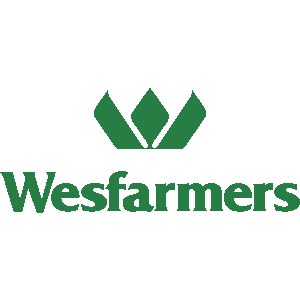
|
Wesfarmers Ltd
ASX:WES
|
95.1B AUD |
35%
|
9%
|
6%
|
|
| US |

|
Target Corp
NYSE:TGT
|
43.7B USD |
28%
|
6%
|
4%
|
|
| CA |
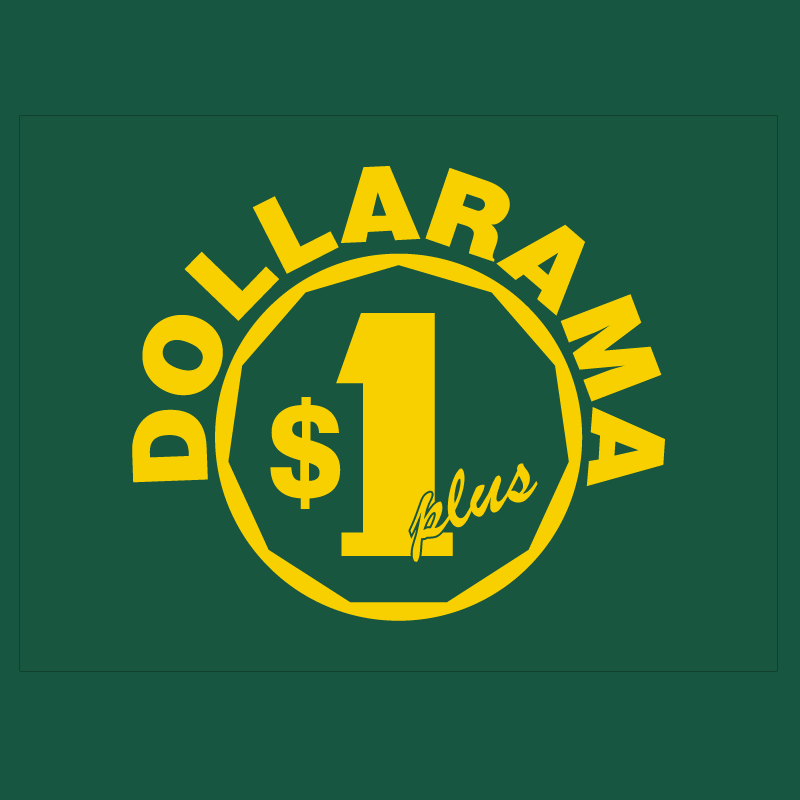
|
Dollarama Inc
TSX:DOL
|
53.4B CAD |
45%
|
25%
|
19%
|
|
| US |
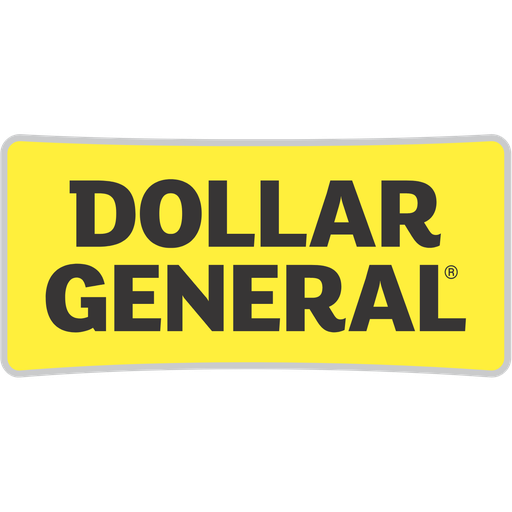
|
Dollar General Corp
NYSE:DG
|
24.8B USD |
30%
|
4%
|
3%
|
|
| US |
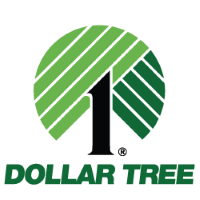
|
Dollar Tree Inc
NASDAQ:DLTR
|
20.8B USD |
32%
|
7%
|
-15%
|
|
| JP |

|
Pan Pacific International Holdings Corp
TSE:7532
|
2.9T JPY |
32%
|
7%
|
4%
|
|
| JP |
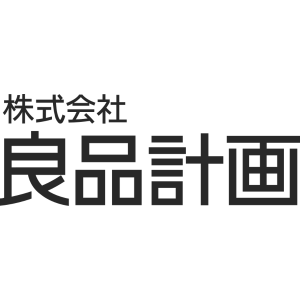
|
Ryohin Keikaku Co Ltd
TSE:7453
|
1.7T JPY |
51%
|
9%
|
7%
|
|
| CA |
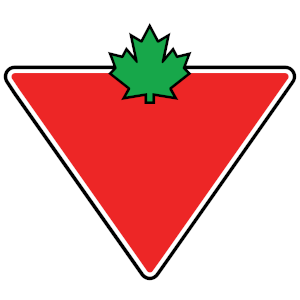
|
Canadian Tire Corporation Ltd
TSX:CTC.A
|
9.9B CAD |
34%
|
9%
|
5%
|
|
| CN |
M
|
MINISO Group Holding Ltd
HKEX:9896
|
44.2B HKD |
45%
|
19%
|
14%
|
|
| AU |
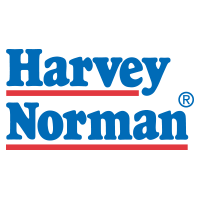
|
Harvey Norman Holdings Ltd
ASX:HVN
|
6.7B AUD |
53%
|
18%
|
10%
|
Return on Capital
Return on capital ratios give a sense of how well a company is using its capital (equity, assets, capital employed, etc.) to generate profits (operating income, net income, etc.). In simple words, these ratios show how much income is generated for each dollar of capital invested.




Return on Capital Comparison
Ollie's Bargain Outlet Holdings Inc Competitors

| Country | Company | Market Cap | ROE | ROA | ROCE | ROIC | ||
|---|---|---|---|---|---|---|---|---|
| US |

|
Ollie's Bargain Outlet Holdings Inc
NASDAQ:OLLI
|
7.3B USD |
12%
|
8%
|
11%
|
9%
|
|
| AU |

|
Wesfarmers Ltd
ASX:WES
|
95.1B AUD |
30%
|
9%
|
22%
|
14%
|
|
| US |

|
Target Corp
NYSE:TGT
|
43.7B USD |
29%
|
8%
|
17%
|
12%
|
|
| CA |

|
Dollarama Inc
TSX:DOL
|
53.4B CAD |
140%
|
20%
|
31%
|
23%
|
|
| US |

|
Dollar General Corp
NYSE:DG
|
24.8B USD |
16%
|
4%
|
7%
|
5%
|
|
| US |

|
Dollar Tree Inc
NASDAQ:DLTR
|
20.8B USD |
-53%
|
-15%
|
10%
|
6%
|
|
| JP |

|
Pan Pacific International Holdings Corp
TSE:7532
|
2.9T JPY |
17%
|
6%
|
15%
|
9%
|
|
| JP |

|
Ryohin Keikaku Co Ltd
TSE:7453
|
1.7T JPY |
17%
|
10%
|
18%
|
14%
|
|
| CA |

|
Canadian Tire Corporation Ltd
TSX:CTC.A
|
9.9B CAD |
15%
|
4%
|
10%
|
6%
|
|
| CN |
M
|
MINISO Group Holding Ltd
HKEX:9896
|
44.2B HKD |
25%
|
15%
|
29%
|
35%
|
|
| AU |

|
Harvey Norman Holdings Ltd
ASX:HVN
|
6.7B AUD |
9%
|
5%
|
10%
|
7%
|
Free Cash Flow
Free cash flow (FCF) is the money a company has left over after paying its operating expenses and capital expenditures. The more free cash flow a company has, the more it can allocate to dividends, paying down debt, and growth opportunities.
If a company has a decreasing free cash flow, that is not necessarily bad if the company is investing in its growth.


















































 You don't have any saved screeners yet
You don't have any saved screeners yet
